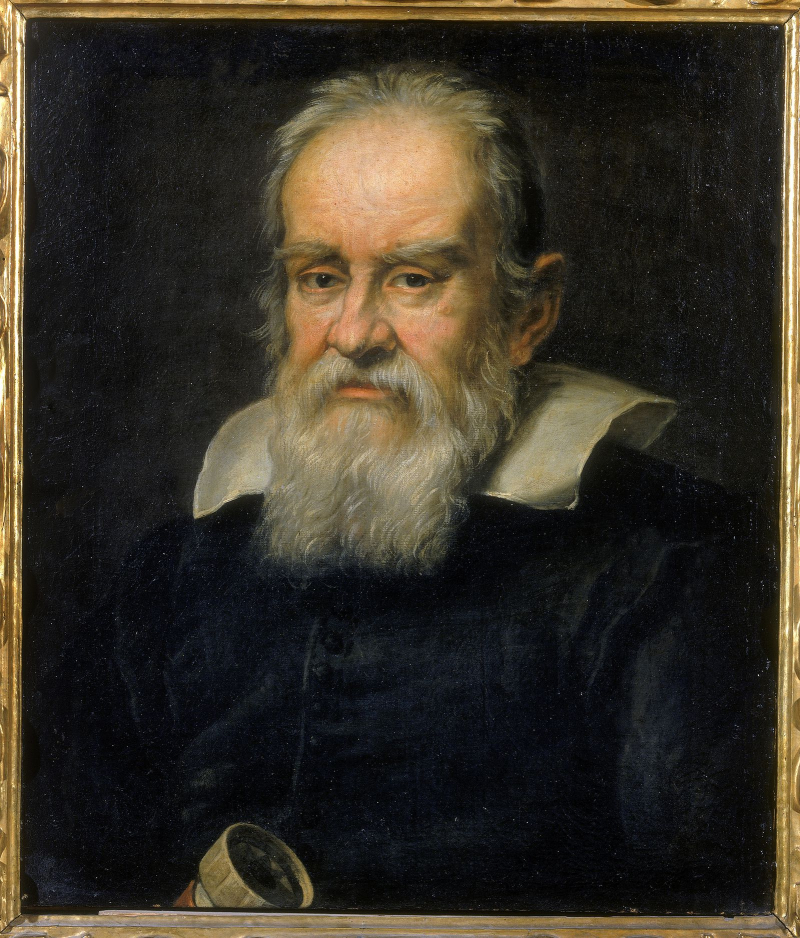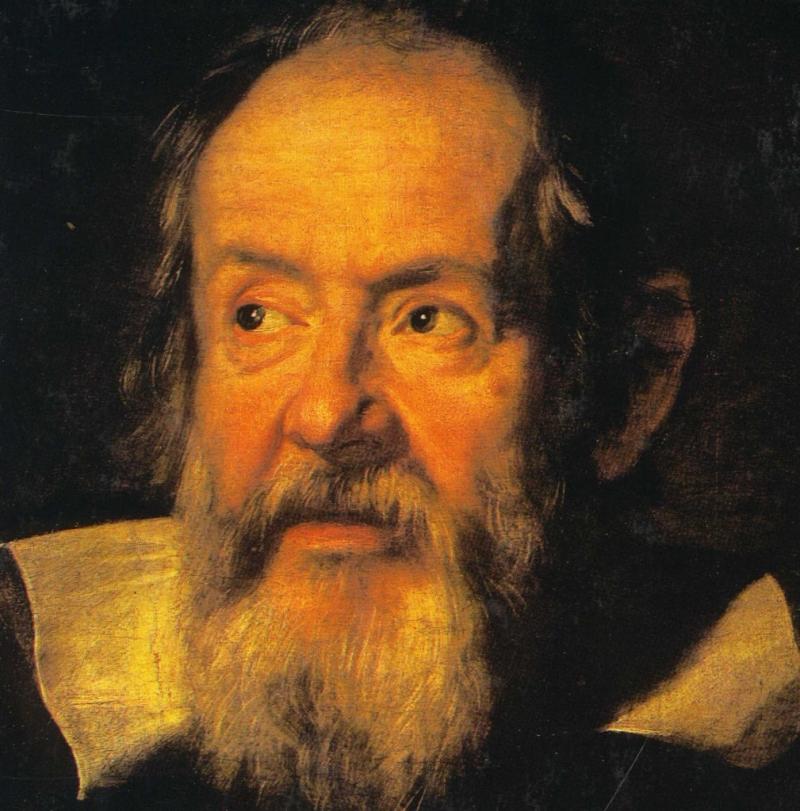Galileo’s Middle Finger

Few, if any, Italian scientists were more productive or significant than Galileo Galilei, an astronomer who clashed with the Catholic Church over his erroneous heliocentric theories. Many of the items he used to make his findings are still on display at the Galileo Museum in Florence, which was formerly known as the Institute and Museum of the History of Science. His middle finger, which is protected by a glass egg, is also visible.
Where did it come from? So, nearly a century after Galileo's passing, in 1737, some of the scientist's admirers organized for his body to be exhumed and buried in a tomb more appropriate for someone of his status. Since they were already there, they also removed three of Galileo's fingers so they could be kept as souvenirs along with his final tooth.
After being preserved by Florentine antiquarian Anton Francesco Gori, the middle finger was eventually sold to a number of academic institutions before being acquired by the Museum of the History of Science in 1927. Since then, it has been on display as the sole set of human remains to be found in a museum featuring scientific apparatus.
At least, it was until 2009, when the tooth and the other missing digits reappeared after nearly 300 years. They were separated from the middle finger, sold at auction, and are currently on exhibit together.











